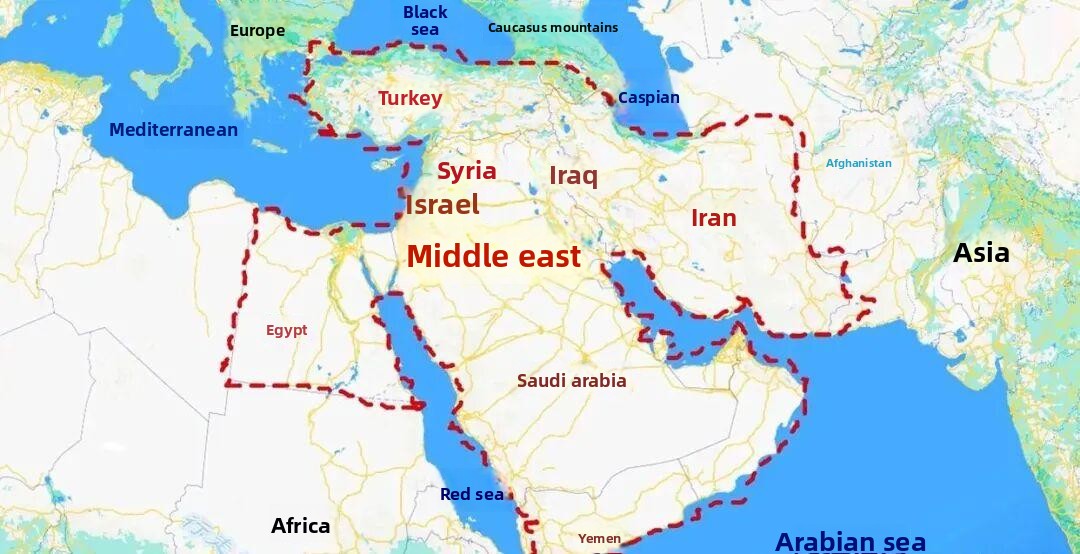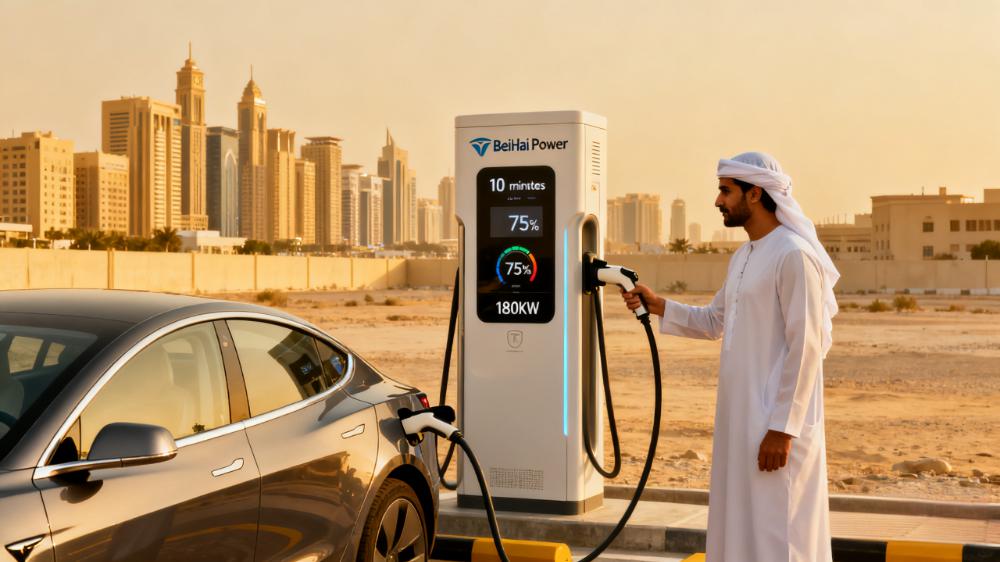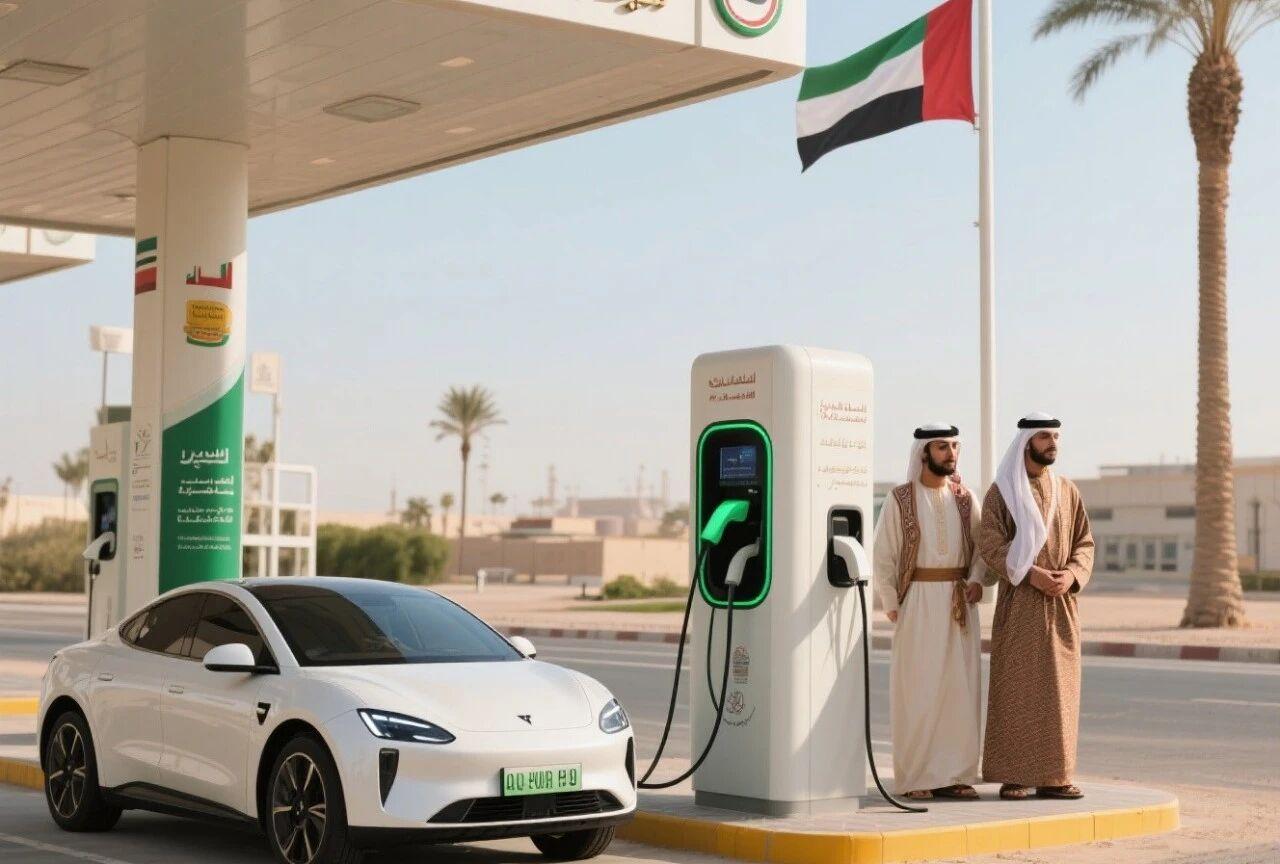It is reported that in the Middle East, located at the intersection of Asia, Europe and Africa, many oil producing countries are accelerating the layout ofnew energy vehiclesand their supporting industrial chains in this traditional energy hinterland.

Although the current market size is limited, the average annual compound growth rate has exceeded 20%.
In this regard, many industry institutions predict that if the current astonishing growth rate is expanded, theelectric car charging marketin the Middle East is expected to exceed US$1.4 billion by 2030. This “oil-to-electricity” emerging region will be a short-term high-growth market with strong certainty in the future.

As the world’s largest oil exporter, Saudi Arabia’s automobile market is still dominated by fuel vehicles, and the penetration rate of new energy vehicles is low, but the growth momentum is rapid.
1. National strategy
The Saudi government has issued a “Vision 2030″ to clarify the country’s electrification goals:
(1) By 2030: the country will produce 500,000 electric vehicles per year;
(2) The proportion of new energy vehicles in the capital [Riyadh] will increase to 30%;
(3) More than 5,000dc fast charging stationsare deployed nationwide, mainly covering major cities, highways and commercial areas such as Riyadh and Jeddah.
2. Policy-driven
(1)Tariff reduction: The import tariff on new energy vehicles remains at 5%, andlocal R&D and production of electric vehicles andev charging pilesenjoy preferential import tax exemptions for equipment (such as engines, batteries, etc.);
(2) Car purchase subsidy: For the purchase of electric/hybrid vehicles that meet certain standards, consumers can enjoy VAT refunds and partial fee reductions provided by the government to reduce the overall cost of car purchase (up to 50,000 riyals, equivalent to about 87,000 yuan);
(3) Land rent reduction and financial support: for land use forelectric vehicle charging station construction, a 10-year rent-free period can be enjoyed; Set up special funds for the construction ofev car charging pilesto provide green financing and electricity price subsidies.

As thefirst Middle Eastern country to commit to “net zero emissions” by 2050, the UAE continues to rank among the top two in the Middle East in terms of electric vehicle sales, according to the International Energy Agency.
1. National strategy
To reduce carbon emissions and energy consumption in the transportation sector, the UAE government has launched the “Electric Vehicle Strategy”, which aims to accelerate the adoption of local electric vehicles andimprove the construction of charging infrastructure.
(1) By 2030: Electric vehicles will account for 25% of new car sales, replacing 30% of government vehicles and 10% of road vehicles with electric vehicles; It is planned to build 10,000 highways charging stations, covering all emirates, focusing on urban hubs, highways and border crossings;
(2) By 2035: the market share of electric vehicles is expected to reach 22.32%;
(3) By 2050: 50% of vehicles on UAE roads will be electric.
2. Policy-driven
(1) Tax incentives: Electric vehicle buyers can enjoy registration tax reduction and purchase tax reduction (purchase tax exemption for new energy vehicles before the end of 2025, up to AED 30,000; Subsidy of AED 15,000 for fuel vehicle replacement)
(2) Production subsidies: Promote the localization of the industrial chain, and each locally assembled vehicle can be subsidized by 8,000 dirhams.
(3) Green license plate privileges: Some emirates will provide priority access, toll-free and free parking in public parking lots for electric vehicles on the road.
(4) Implement a unified electric vehicle charging service fee standard: DC charging pilecharging standard is AED 1.2/kwH + VAT,AC charging pilecharging standard is AED 0.7/kwH + VAT.
Post time: Sep-15-2025






